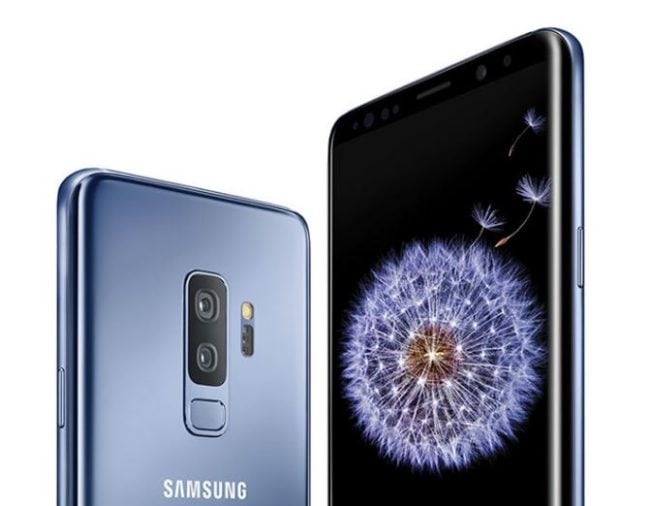Samsung has reportedly finalized the Galaxy S10 design, and is set to introduce a number of new features.
While many were looking forward to the brand new Galaxy S9, the sales have been lackluster for one main reason: a lack of a clear reason to upgrade. With the S9, the company took an approach of focusing on the camera at the expense of other features, and the camera wasn’t a significant enough jump to warrant buying a whole new phone. Sales have been poor for the S9, prompting the company to potentially move up the launch of the Note 9 in order to salvage this generation’s flagships. Many will no doubt choose to upgrade to the Note 9 when it releases later this year, but new news regarding the Galaxy S10 design may prompt many to wait for the release of this phone next year.
The news comes from South Korean outlet The Bell, who cites industry sources familiar with the Galaxy S10 design and production. According to the outlet, the phone will feature a 3D camera that functions similarly to that included on the iPhone X – bringing the same functionality to a luxury Android device with a significant amount of the market share and staying power. While other Android phones have started to implement a similar technology, a 3D camera featured prominently on the Galaxy S10 design may give the smartphone the chops it needs to compete on an even playing field with the trio of iPhones set to release later this year – all featuring the innovative new FaceID tech.
Another main feature we’ll see with the Galaxy S10 design is an in-display fingerprint sensor. The current trend with smartphone design is to shrink bezels down to near-nonexistence, maximizing screen space without increasing the size of an already-large device. While the minimal bezels certainly look sleek and add a beautiful aesthetic to the handset, it does raise some practical concerns – one of which being the fact that it’s near-impossible to include a fingerprint scanner on the front of the phone. Samsung has sought to solve this issue by moving the scanner to the back of the device, but that’s a rather inelegant solution that many have criticized as clunky and difficult to use compared to the more traditional scanners of the past. By introducing an in-display fingerprint scanner with the Galaxy S10 design, Samsung may manage to maintain the sleek minimal-bezel aesthetic while still including the convenience and functionality of a traditionally-placed scanner.
As far as the display goes, Samsung won’t be innovating with the Galaxy S10 design – and they don’t really have to. While many have criticized the S9 for a failure to innovate, very few people are unhappy with the screen – a technology with which Samsung has established themselves as a leader in the field. The Korean tech giant has long been lauded for the quality of their displays, and the Galaxy S10 design will be no exception – featuring the traditional 18.5:9 Infinity Display panel with a Super AMOLED resolution. The Galaxy S10 design will feature a size that is slightly larger than the Galaxy S8 family, with a 5.8-inch and 6.3-inch size compared to the current generation’s 5.77-inch and 6.22-inch dimensions for the Galaxy S8 and S8 Plus respectively.
The in-display scanner is rumored to be manufactured by Synaptics and Qualcomm, while the components designed by Samsung themselves may be delegated to Taiwan’s Aegis Tech. As far as the 3D camera goes, the company is seeking outside help from Mantis Vision – an Israeli startup with which rumors of a collaboration have been floating around the web for quite some time. One of the main advantages that Mantis Vision may have over Apple is a smaller implementation and, most importantly, a design that doesn’t necessitate a Notch. The iPhone X’s bold design choice was polarizing, with many unhappy that a vibrant screen was broken up by a big divot in the top of the device. If Samsung can manage to accomplish the same things without such a massive departure from their current aesthetic, they could position themselves to be much more successful with the Galaxy S10 design.
Other features that may be included with the Galaxy S10 design include the first Samsung generation to be compatible with 5G networks – offering unprecedented speeds, latencies, and data capacities. The infrastructure for such a technology hasn’t been rolled out on a wide scale by cell phone carriers, but within the next few years we may see mobile networks that are faster than ever before – and Samsung stands poised to capitalize on those speeds. A mistake from a Samsung engineer on LinkedIn suggests that the phone will ship with a processor called the Exynos 9820, with the version released in the United States, Canada, Mexico, and China likely to include the Qualcomm Snapdragon 855 instead.





